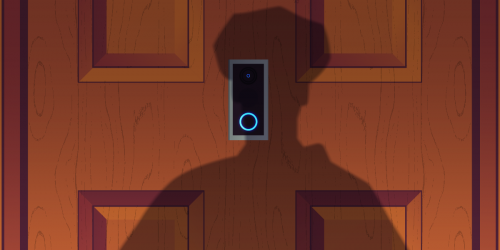Illustrations by Chelsea Saunders, produced in collaboration with the Nib.
March 21, 2023 Update: A past version of this comic depicted Harriet Tubman writing. This has been amended to show Harriet Tubman dictating her words to a collaborator.
From the days of chattel slavery until the modern Black Lives Matter movement, Black communities have developed innovative ways to communicate to fight back against oppression.
EFF's Director of Engineering, Alexis Hancock, documented this important history of codes, ciphers, underground telecommunications and even dance in a blog post that became one of our favorite articles of 2021. In collaboration with The Nib and illustrator Chelsea Saunders, we now have adapted "Coded Resistance" into comic form to further explore the stories of slave revolts, the coded songs of Harriet Tubman, civil rights era strategies for circumventing "Ma Bell," and the use of modern day technology to document police abuse. The comic is available below, as well as on the EFF Instagram feed, and also via The Nib.
Our hope is that by combining images and text, we can help bring the history of resistance to surveillance to life. And like all EFF content, it's shareable and remixable under a Creative Commons - Attribution license. If you enjoy the comic and would like to see more illustrated takes on our blog posts, let us know!


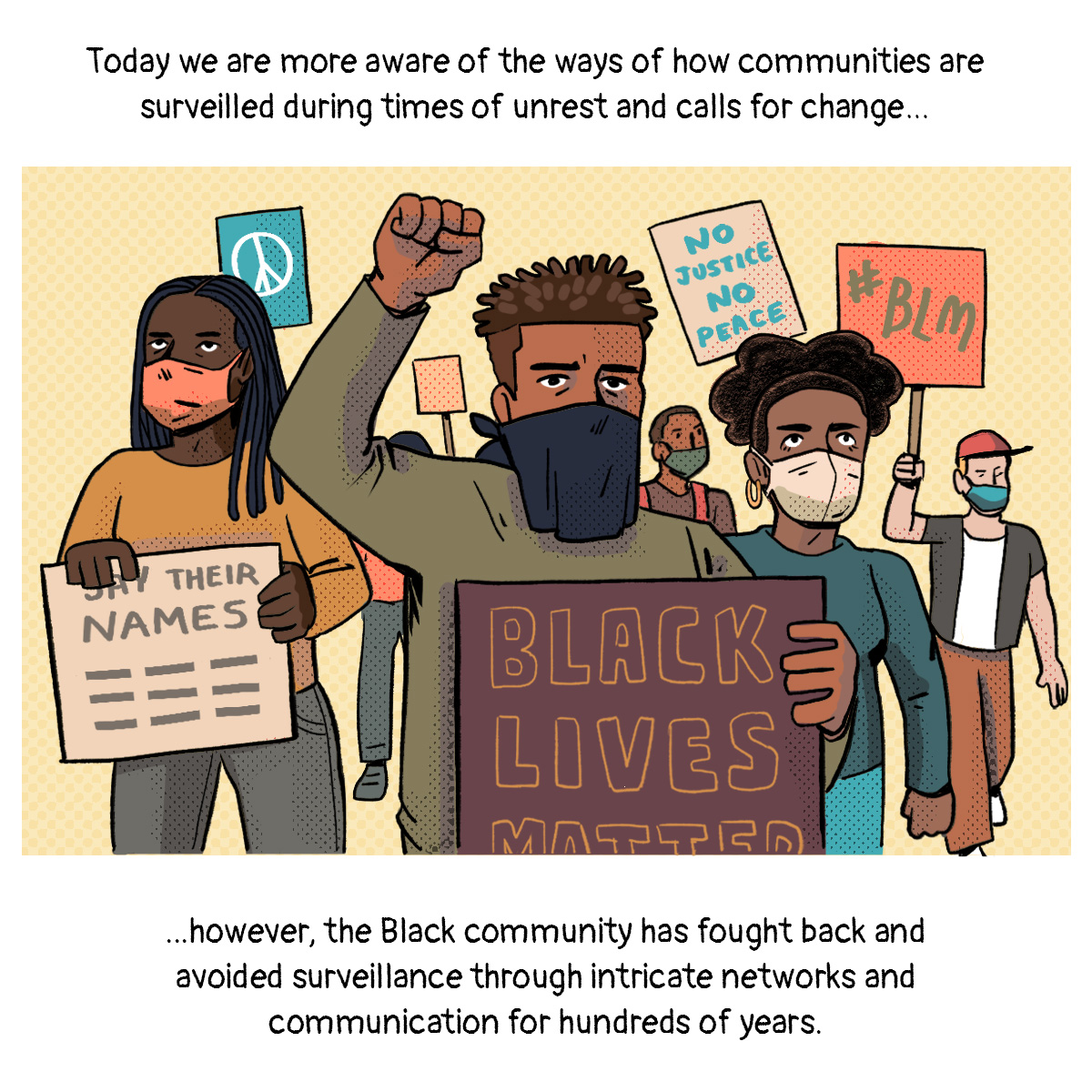
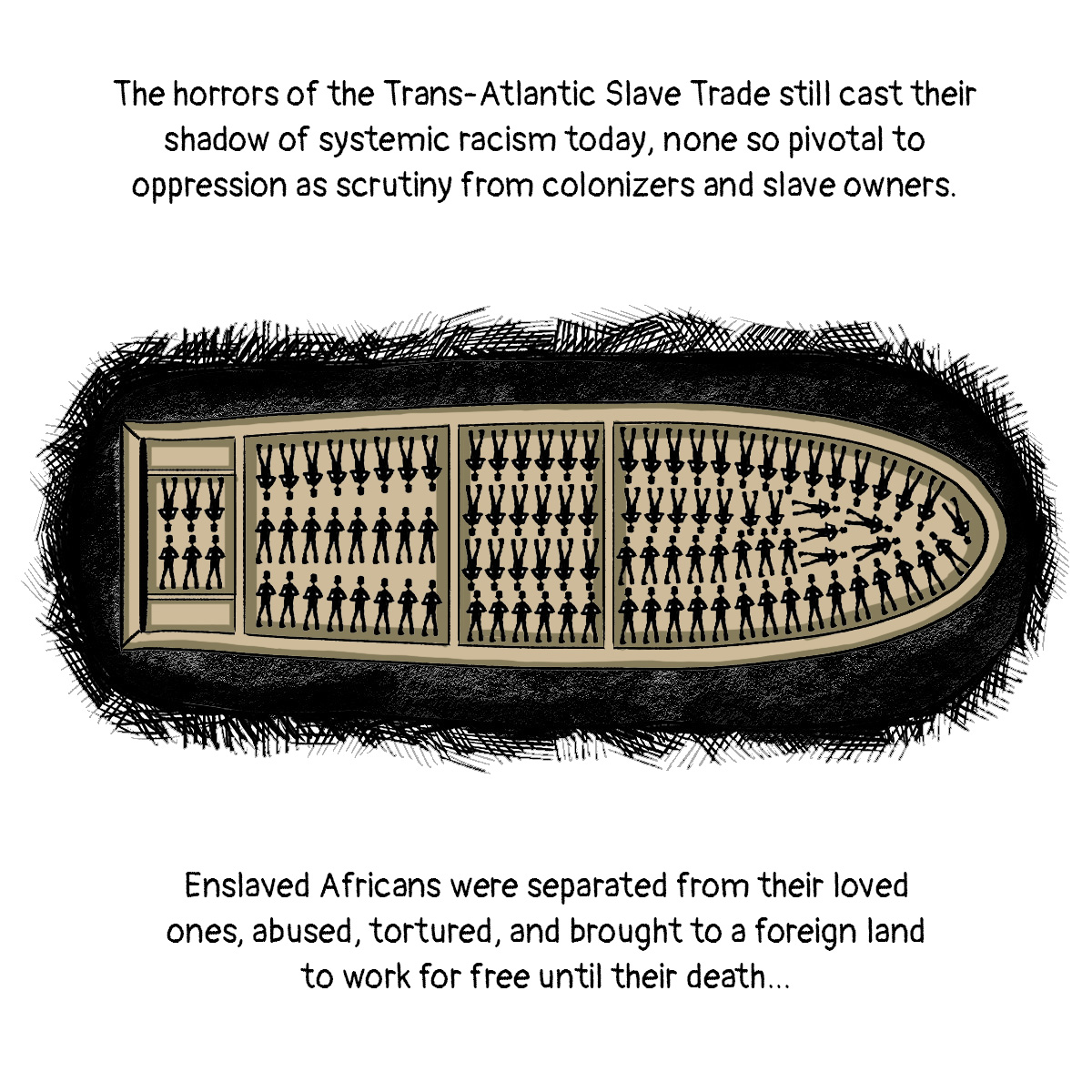
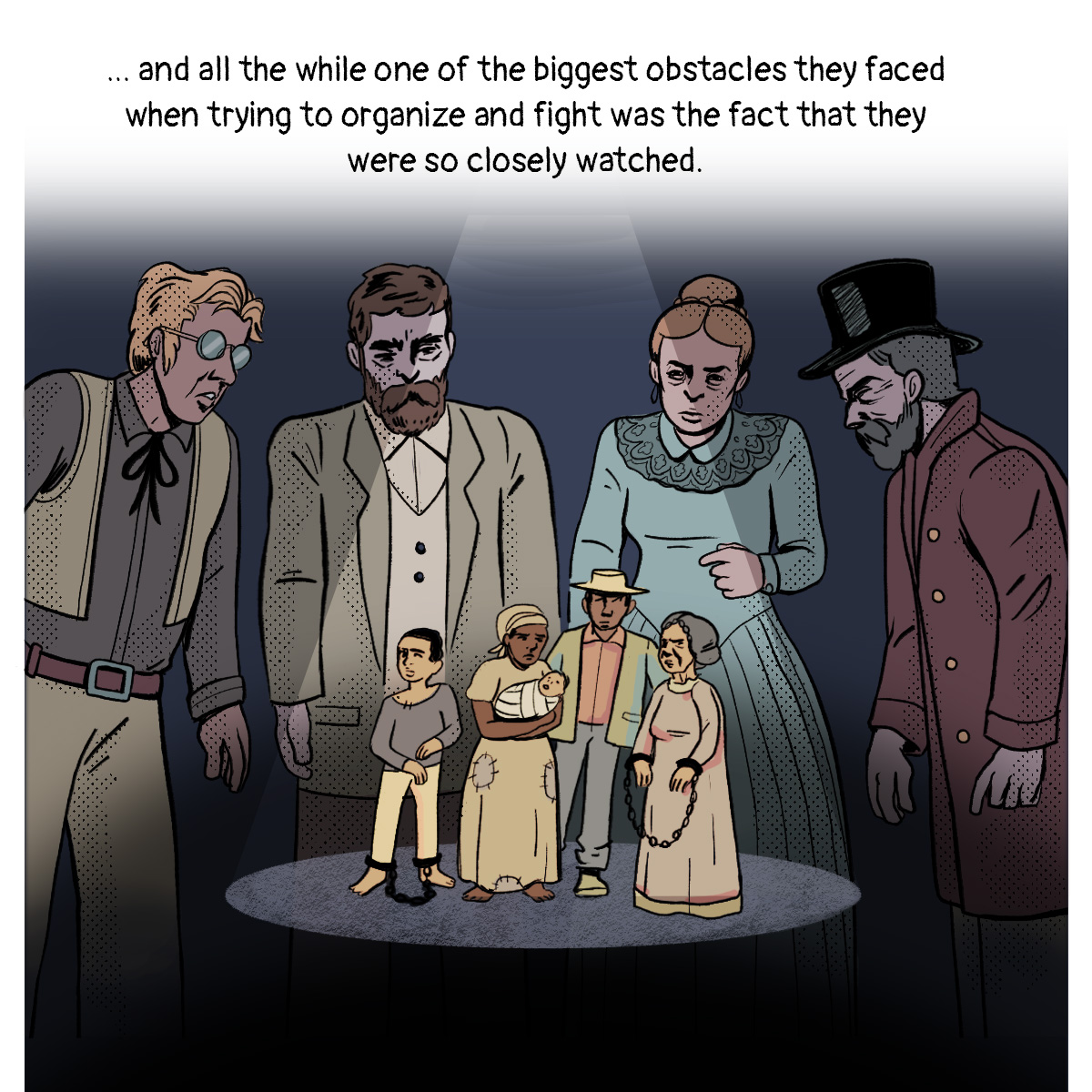
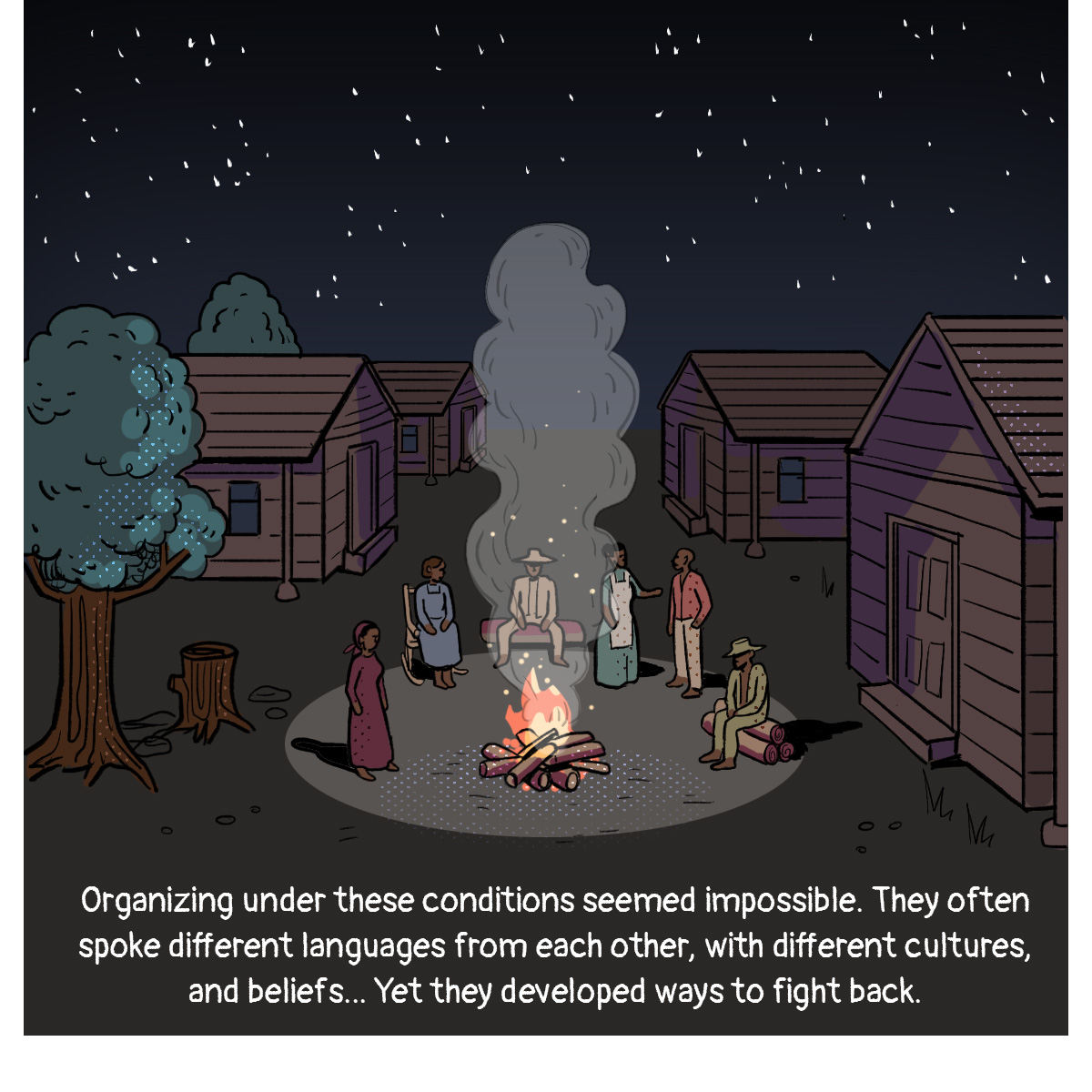
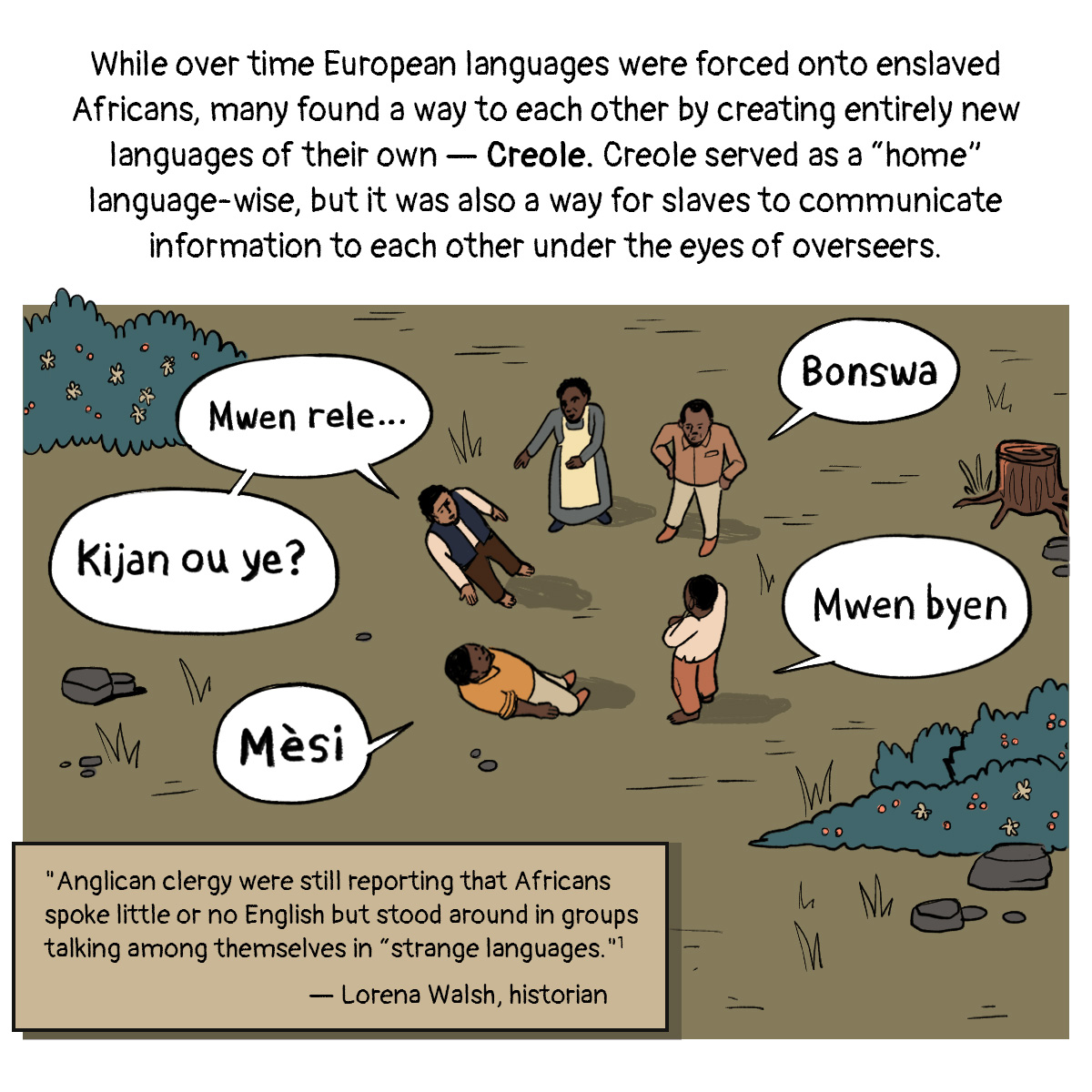
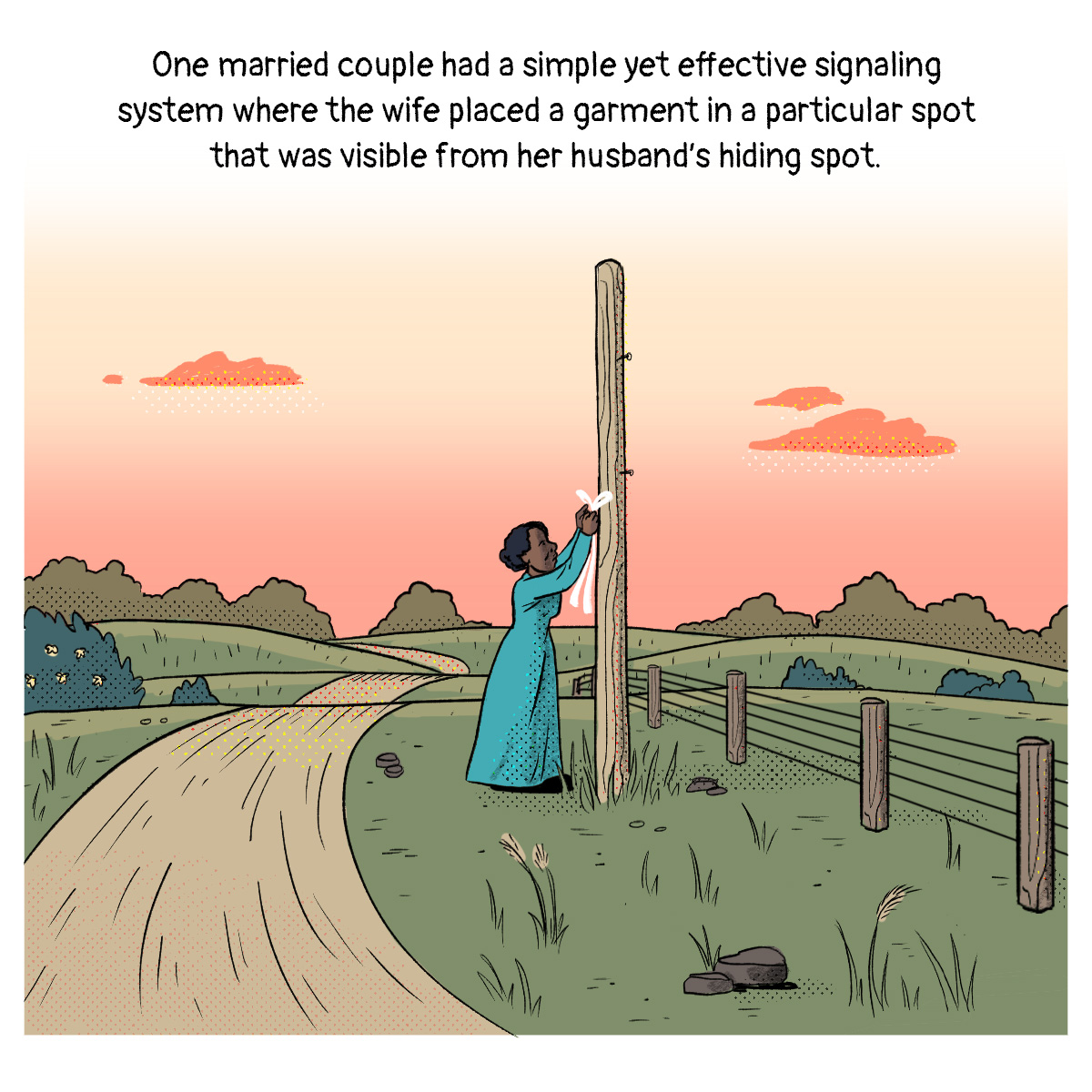
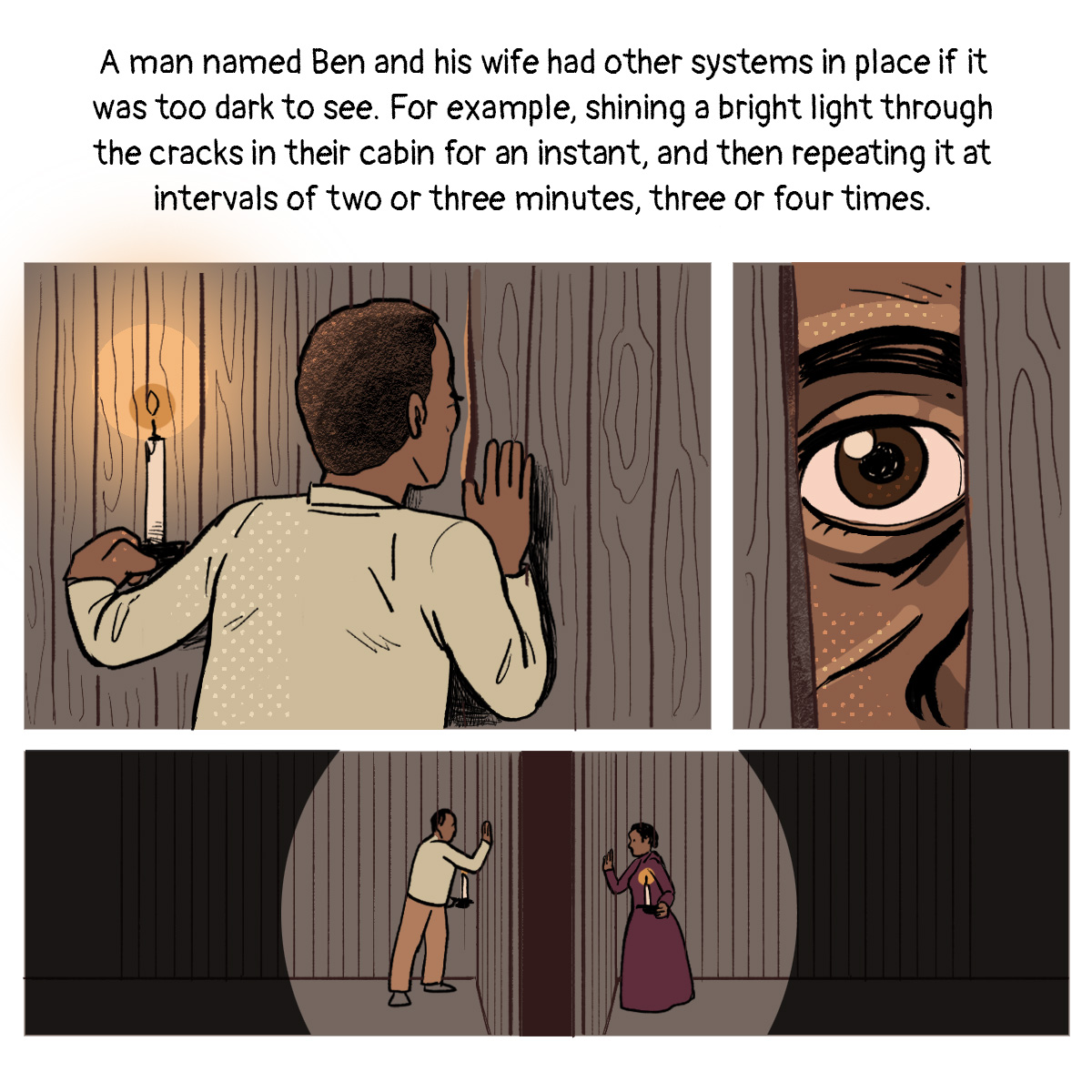
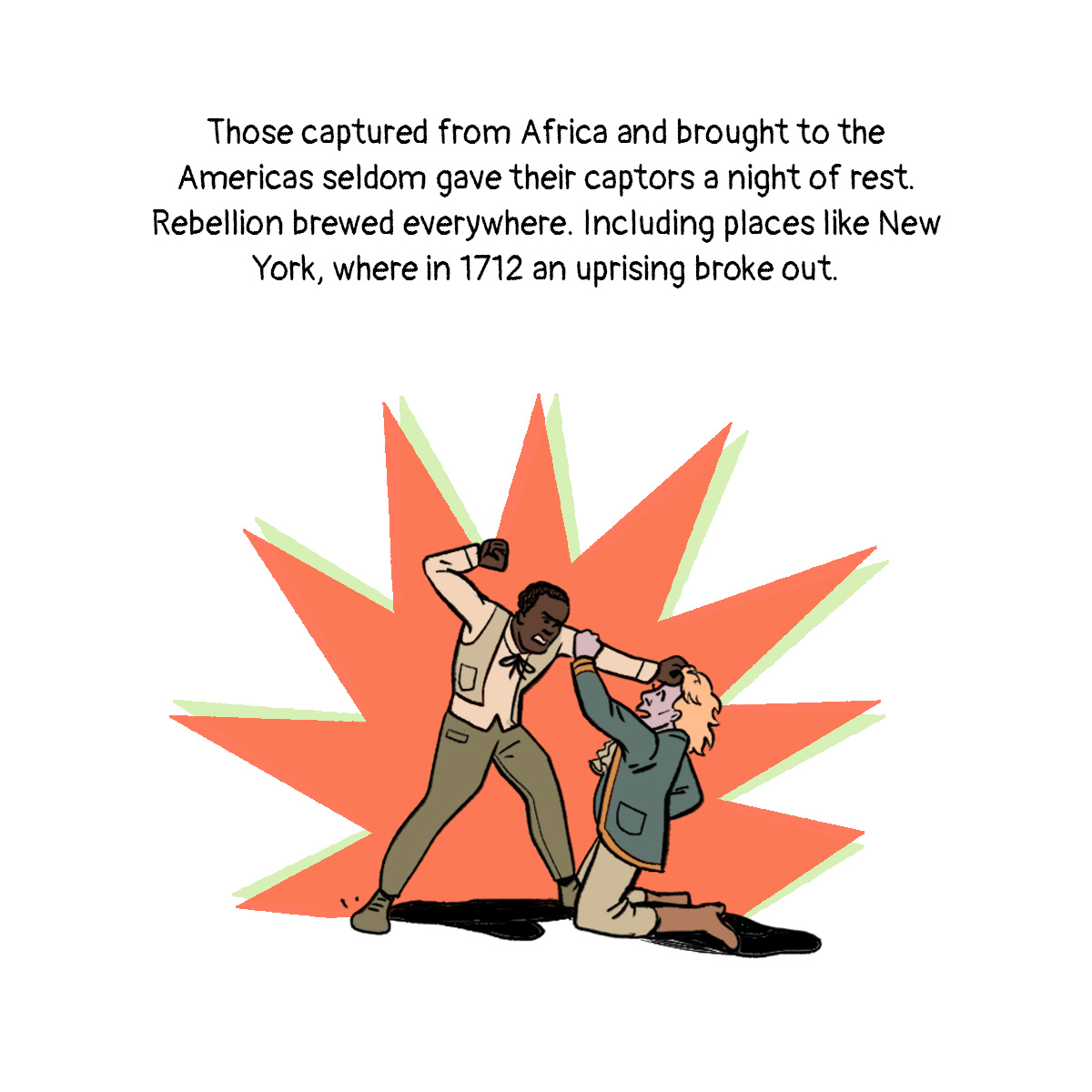

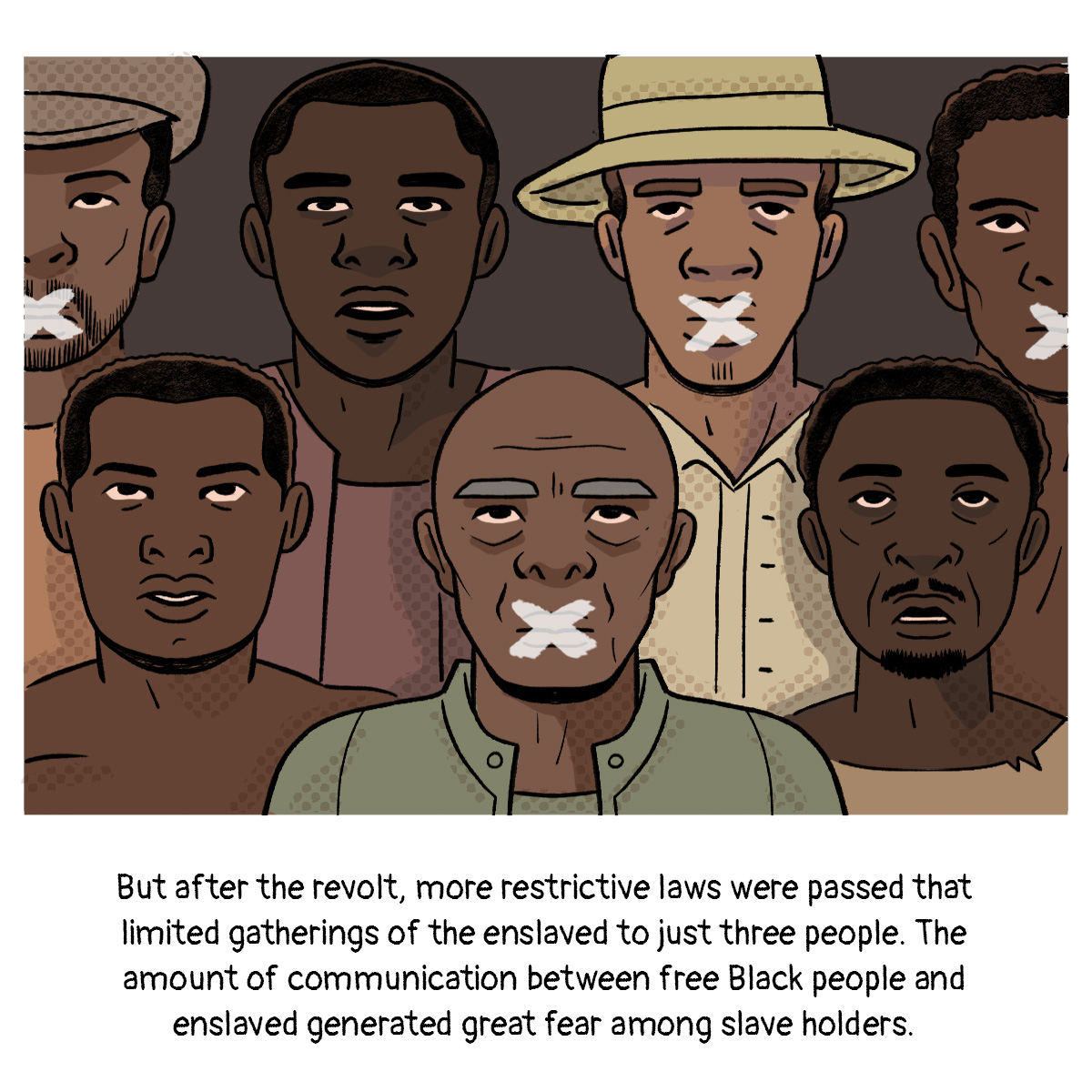

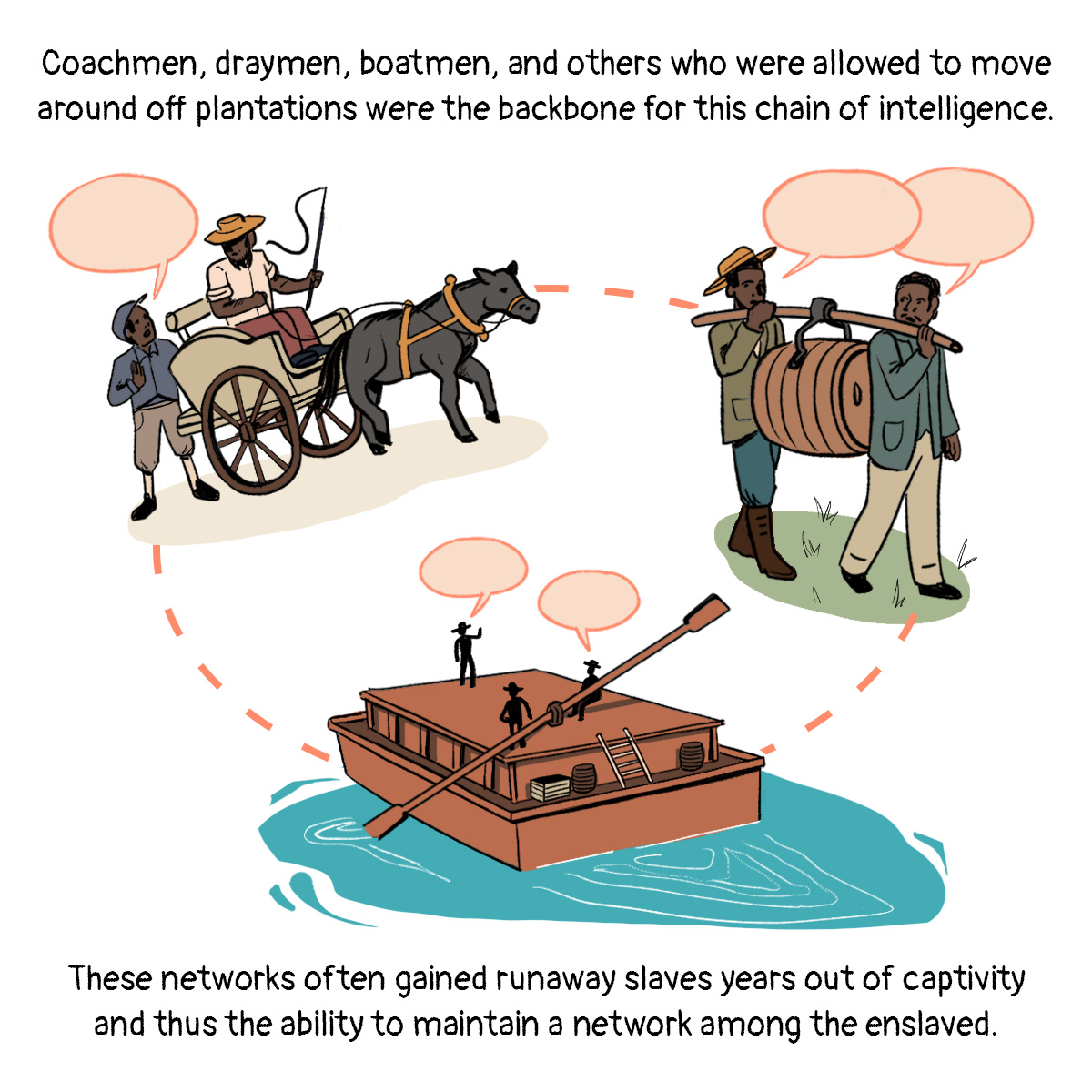
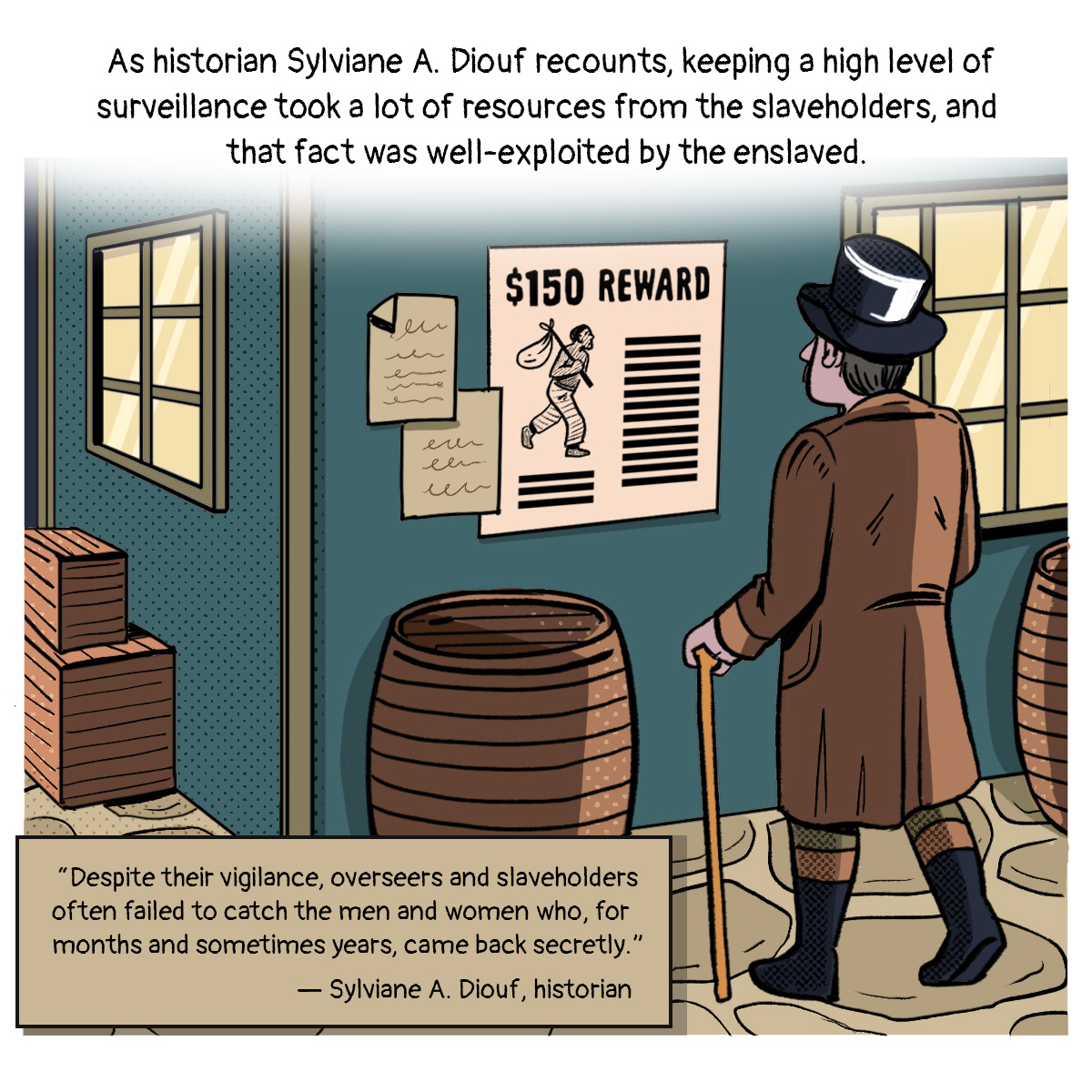


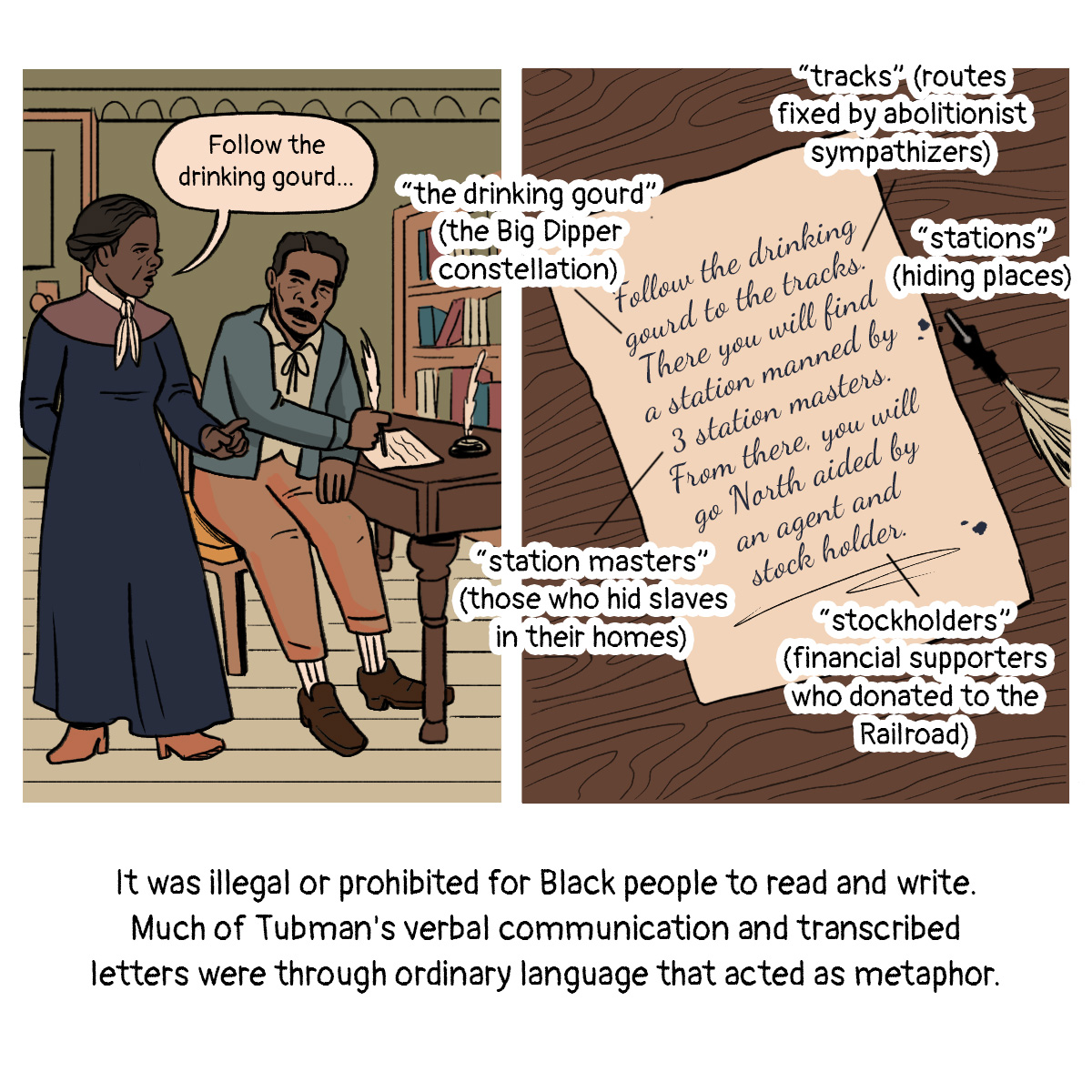
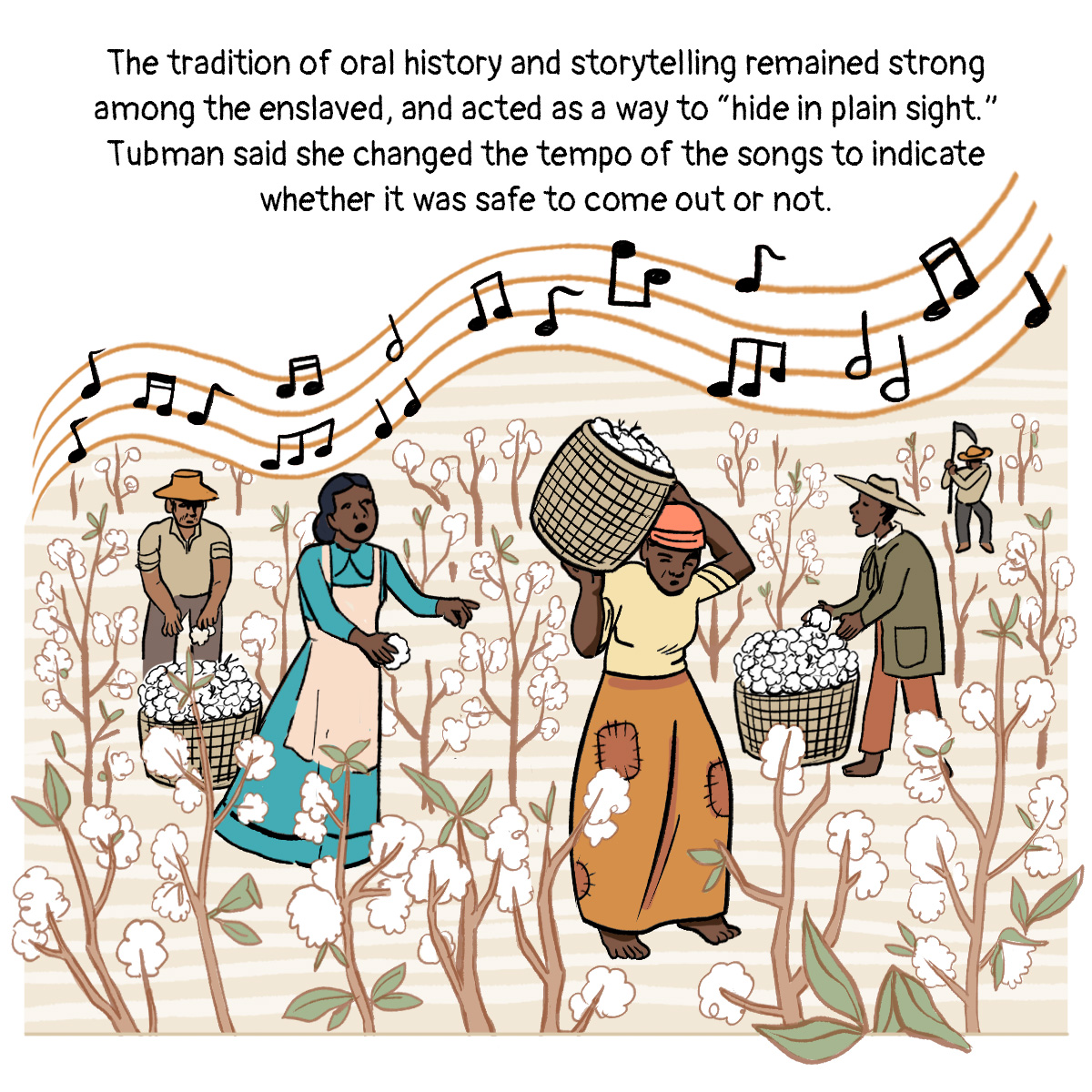


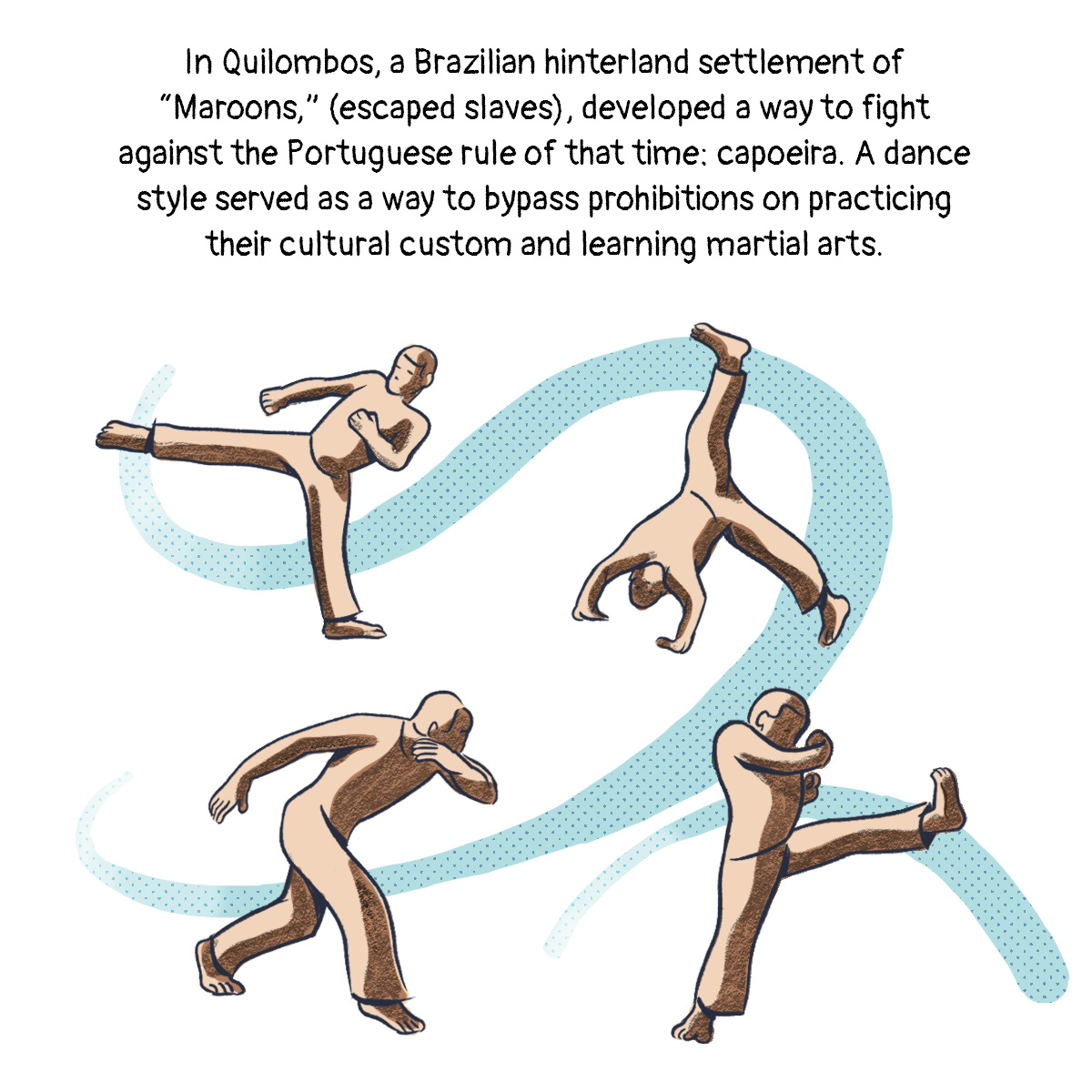
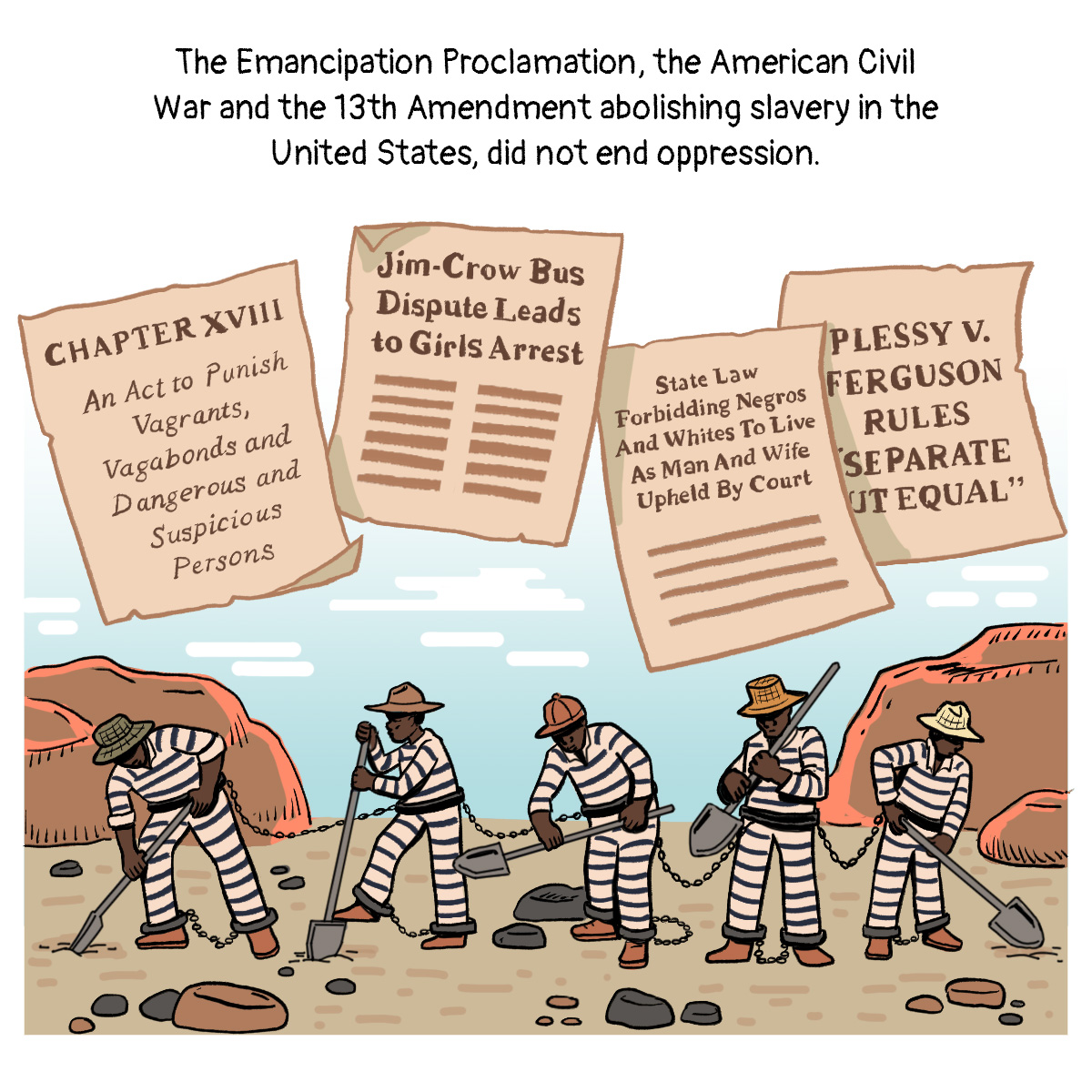
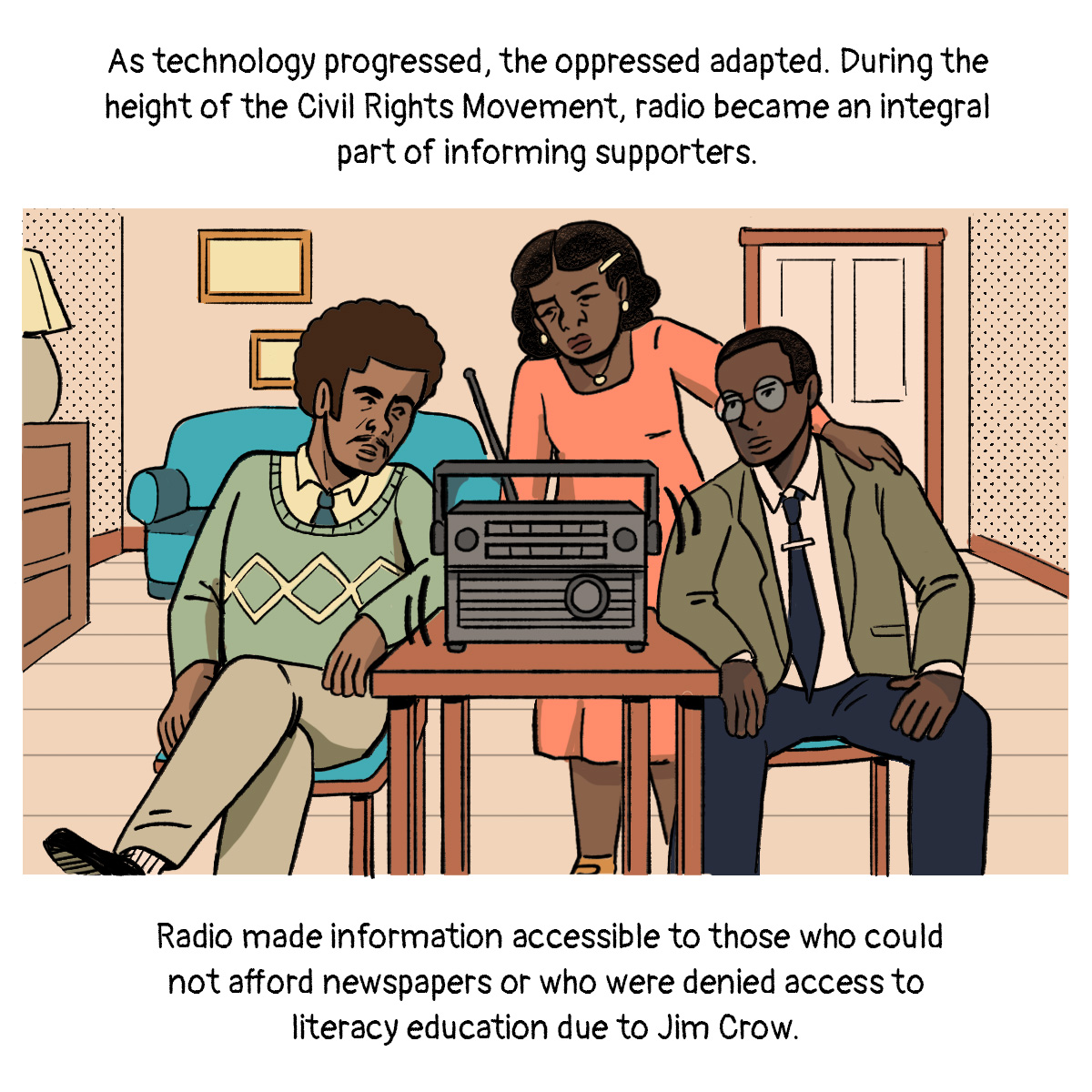
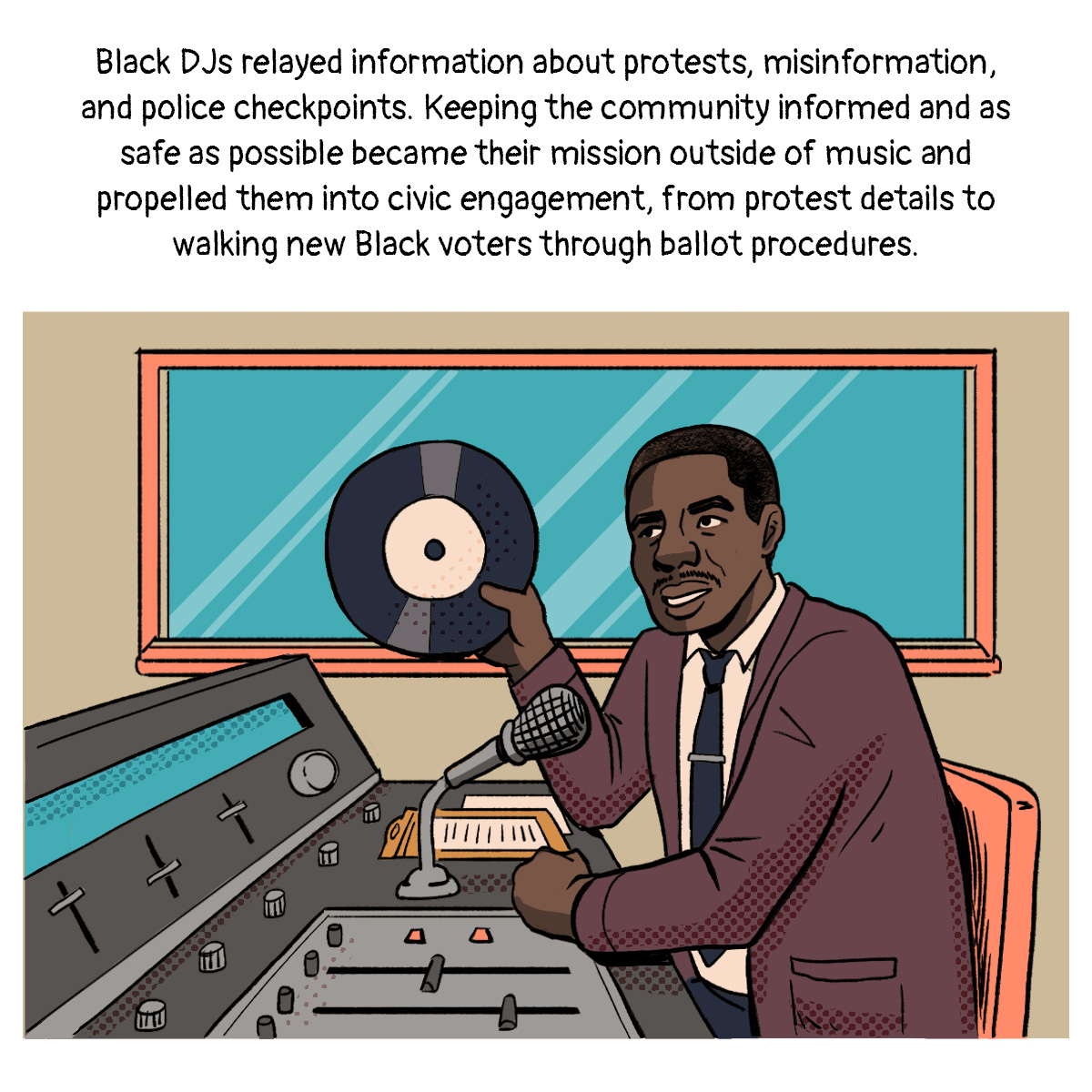
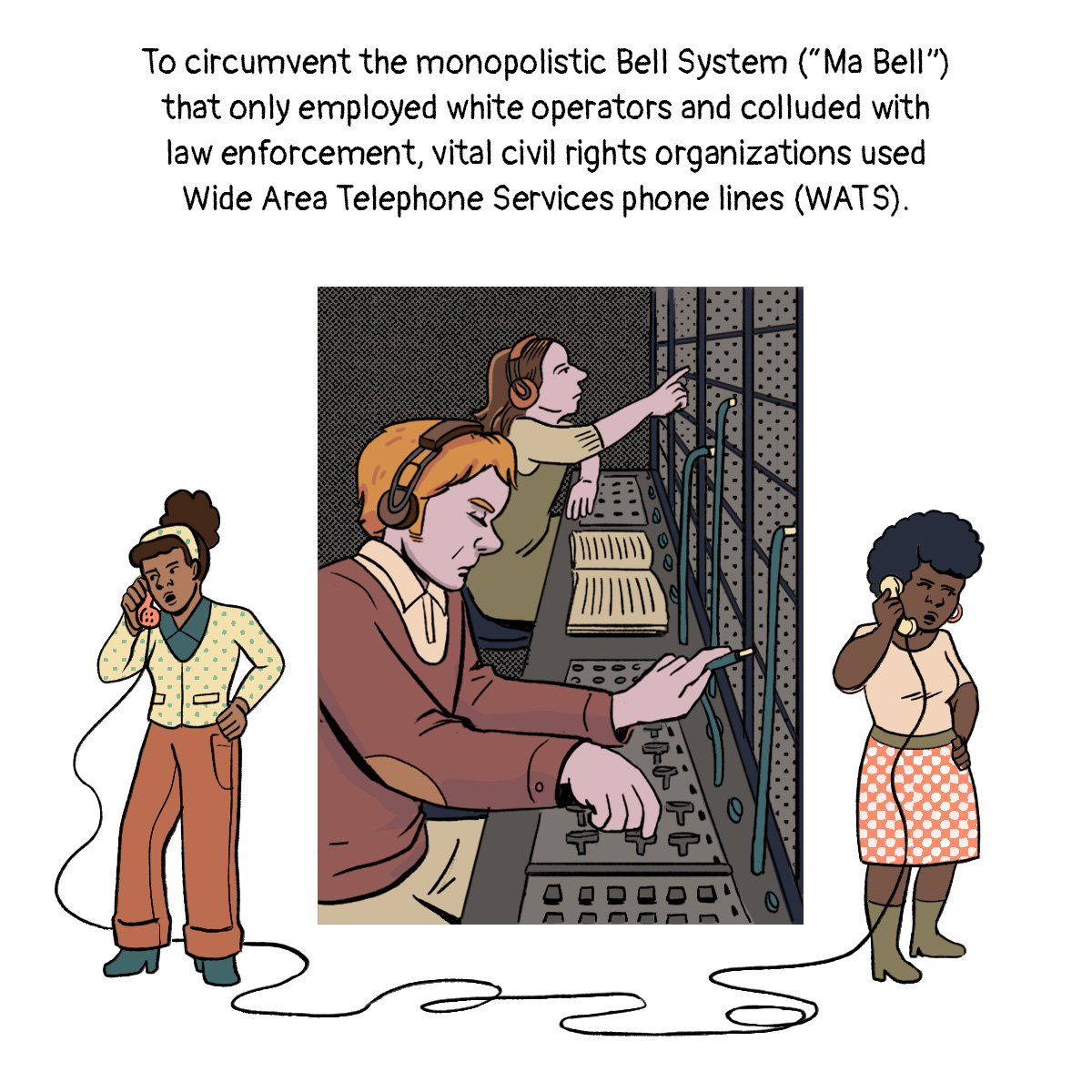

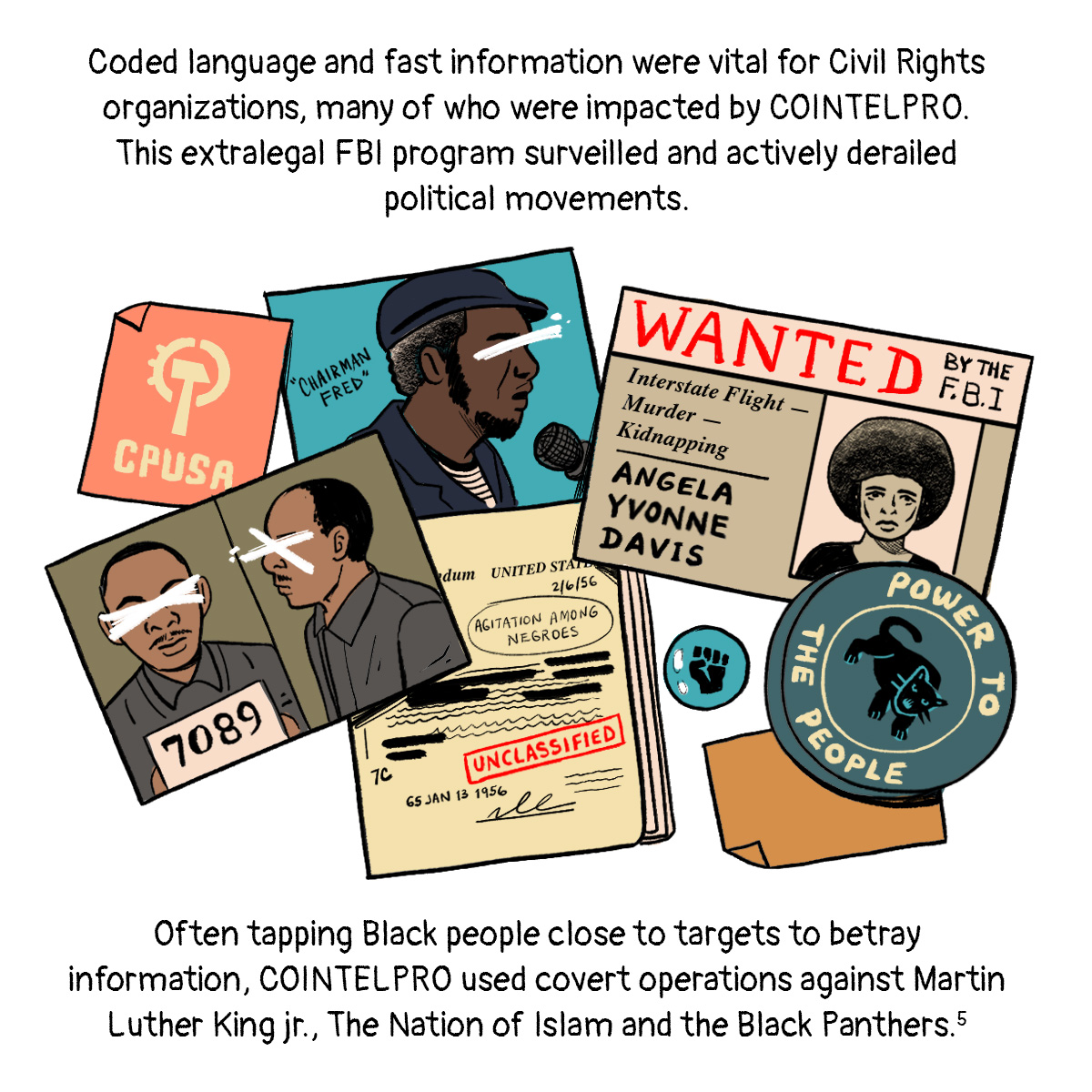





1. Authors: Florida State College at Jacksonville and Scott Matthews. African American History and Culture. Pressbooks, https://fscj.pressbooks.pub/africanamericanhistory/#main. 2. Scott, Julius S. The Common Wind: Afro-American Currents in the Age of the Haitian Revolution. Verso Books, 2018. 3. Dunn, Richard S. (2014). A Tale of Two Plantations: Slave Life and Labor in Jamaica and Virginia. Harvard University Press. pp. 333–337 4. When I Die I Shall Return to My Own Land: The New York Slave Revolt of 1712. Westholme Publishing./Dunn, Richard S. (2014). A Tale of Two Plantations: Slave Life and Labor in Jamaica and Virginia. Harvard University Press. pp. 333–337 5. “FBI Records: The Vault — COINTELPRO Black Extremist Part 07 of 23.” FBI Vault, https://vault.fbi.gov/cointel-pro/cointel-pro-black-extremists/cointelpro-black-extremists-part-07-of/view.







